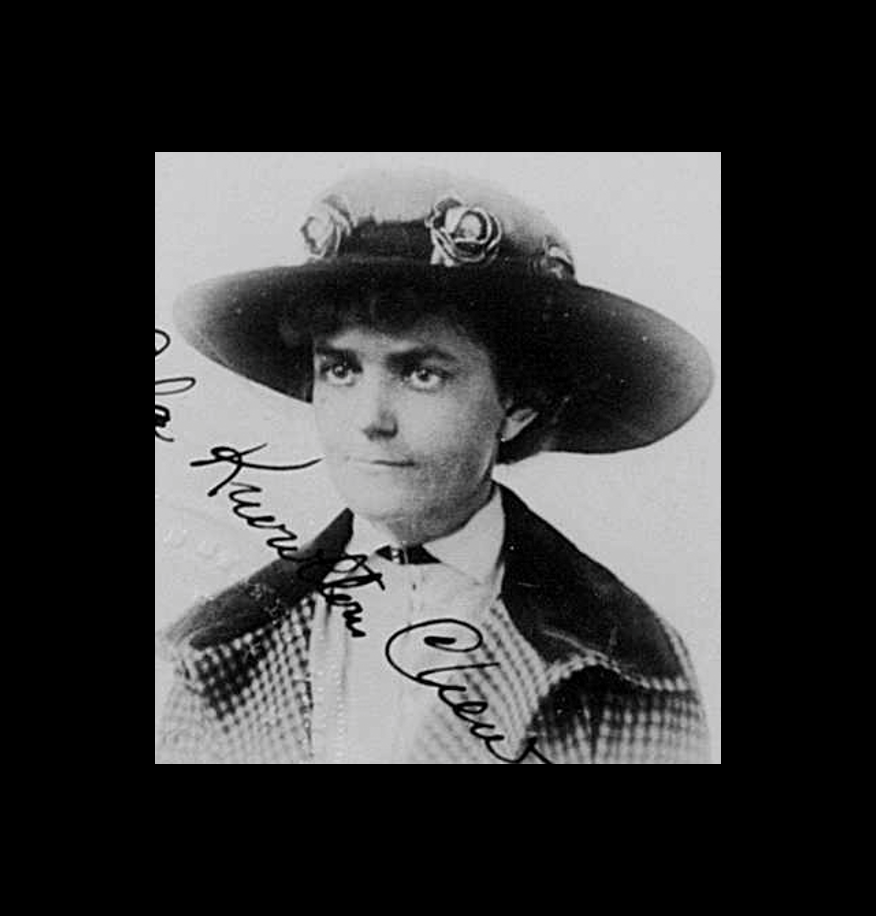“In the mud and rain and darkness”: Ada Knowlton Chew, nurse and driver
Published: 10 April 2023
By Elizabeth Foxwell
via the American Women in World War I web site

Ada Knowlton Chew frame
Ada Knowlton Chew, ca. 1916
Ada Caroline Knowlton was born in West Upton, MA, in March 1876 to Mary A. Frost Knowlton and Daniel Waldo Knowlton; her grandfather, William Knowlton, established the straw goods manufacturing firm Knowlton & Sons Co. She graduated from Smith College in 1897 and married Philadelphia lawyer Oswald Chew in 1908. She was active in the Equal Suffrage Society of Philadelphia and the Radnor (PA) Women’s Suffrage Party.
Chew sailed for France in November 1916 and learned in Paris how to treat burns and wounds. She also learned to drive and maintain a car, starting out as a member of the French government’s Service des Automobiles before serving as nurse at French military hospital no. 75, the American Hospital in Neuilly (aka American Ambulance; Red Cross Hospital No. 1), Pantheon Hospital in Paris, and other hospitals. She related some of her experiences in France in the Ninety-Seven’s Quarter Century Book published in June 1922 (“ninety-seven” referred to her graduating class at Smith):
One day I was sent with my car—the smallest French car made, I think called a Zèbre—to take a French doctor some seventy kilometers to visit wounded and sick soldiers in small villages and remote hospitals. The doctor was very big—the car very small. It rained torrents and the wind blew a gale. On the way home, after dark, the car refused to go up a long, steep hill. Fortunate for us that the car was small, for we were obliged to push it half way up the hill to the top! A terrible tug in the mud and rain and darkness. The doctor kept muttering, “Jamais encore un Zèbre!” [Never again a Zèbre!] Jamais encore un Zèbre!” I was too tired and out of breath to say anything. At the top of the hill the car started on again. Then, as a final blow the head lights went out and for the rest of the journey, ten kilometers, we literally felt our way in a pitchy blackness. ….
In May 1918 I returned to Paris … it was the time when the “Busy Bertha” [a large German gun] was busiest and air raids an almost nightly occurrence. … I helped nurse at the Neuilly American Ambulance. The hospital had about twice as many patients as it was intended to hold and nurses were needed badly. Next I was assigned by the French Red Cross to the Pantheon Hospital… The hospital was full to overflowing; the wounded came in directly from the front, were cared for a few days, and then those who could be moved were evacuated to hospitals farther away from the front.
Read the entire article on the American Women in World War I web site here:
External Web Site Notice: This page contains information directly presented from an external source. The terms and conditions of this page may not be the same as those of this website. Click here to read the full disclaimer notice for external web sites. Thank you.



